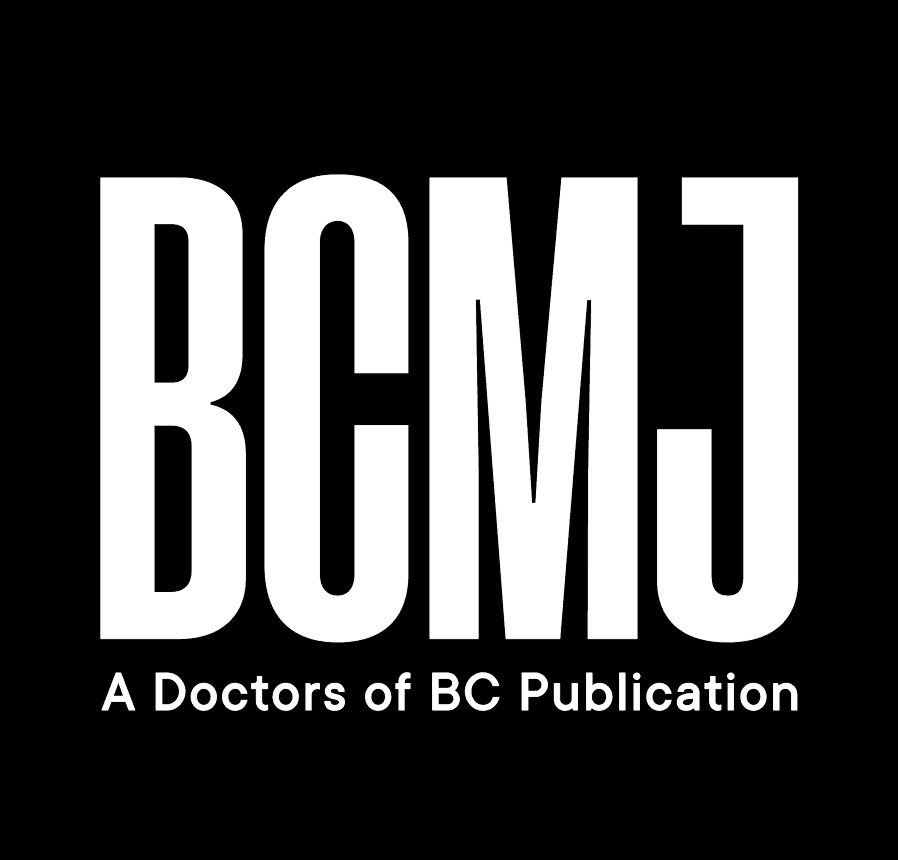A season of belonging: Celebrating the power of diversity and connection
| Dr Charlene Lui |
Recently, on a bright and warm spring day, I was walking through my local park and was struck by the incredible diversity of life happening around me. In one area, a family was setting up a picnic filled with dishes from a cuisine I couldn’t quite name but that smelled delicious. Nearby, a group of elders chatted in a language I didn’t recognize, their laughter spilling out like music. Children from different backgrounds chased soccer balls together while parents sat nearby on blankets, chatting and trading snacks. It was both ordinary and extraordinary all at once. It also reminded me that BC is a province like no other—rich in natural beauty and vibrant communities, and a living mosaic of cultures, languages, and traditions.
As physicians, we are privileged to work in one of the most culturally rich provinces in Canada. Our patients—and our colleagues—bring with them a wide array of traditions, perspectives, and lived experiences. Diversity adds depth to our communities, insight to our practices, and creativity to how we solve problems in health care. When we honor and uplift the diverse voices within our profession and among our patients, we elevate the quality and humanity of our work.
At the heart of equity, diversity, and inclusion (EDI) lies the desire to be seen, heard, and valued. That’s as true in medicine as it is everywhere else. Patients seek care that respects their identities. Physicians desire to work in environments where they feel safe to express themselves. Ultimately, we all benefit from relationships grounded in mutual respect and cultural humility.
This summer, I encourage you to step outside—literally and figuratively. Embrace the many opportunities to connect with the people, patients, and cultures around you. Attend a festival that’s new to you. Try food you’ve never had before. Ask questions with curiosity and openness. These small acts of engagement can spark joy, build understanding, and remind us that connection is at the heart of health. Let this summer also serve as a time to reflect on how we embed inclusion into the fabric of our profession and reconnect with one another and the shared values that unite us as physicians, caregivers, and community members. Are we amplifying underrepresented voices? Are we creating space for colleagues from all backgrounds to thrive? Are there steps we can personally take to become ambassadors for EDI?
At Doctors of BC, we continue to advance EDI in our work through policy development, leadership training, and meaningful dialogue with members. One of the guiding principles in our strategic plan is equity, which aims to ensure that all members can access the same participation opportunities within the organization without barriers, while simultaneously helping the association apply an equity lens to all aspects of our work. In our policy statement Gender Equity in the Medical Profession, we commit to supporting efforts to address the gender pay gap and to applying gender-based analysis plus in decision making, among other measures.[1] Our Inclusion, Diversity, and Equity Advisory Committee, composed of physicians, provides advice and guidance for physicians and the association on addressing EDI issues and will support physician members in driving our EDI framework. These are just a few of the initiatives that Doctors of BC has undertaken to address EDI. It’s an ongoing journey, and we are committed to walking it together.
Let us celebrate what makes BC extraordinary—not just its mountains and coastlines, but also the incredible diversity of the people who call this place home. Let us honor the cultures that shape our province and the stories that shape our patients. And let us continue to build a medical community where diversity is not only respected, but also recognized as essential to compassionate, high-quality care.
When we embrace diversity, we create space for everyone to thrive—patients, physicians, and communities alike. And in doing so, we don’t just build a better health care system—we build a better BC.
—Charlene Lui, MD
Doctors of BC President
hidden
 |
| This work is licensed under a Creative Commons Attribution-NonCommercial-NoDerivatives 4.0 International License. |
References
1. Doctors of BC. Gender equity in the medical profession. Policy statement. Updated January 2023. Accessed 2 June 2025. www.doctorsofbc.ca/sites/default/files/gender_equity_in_medicine_policy_statement.pdf.

